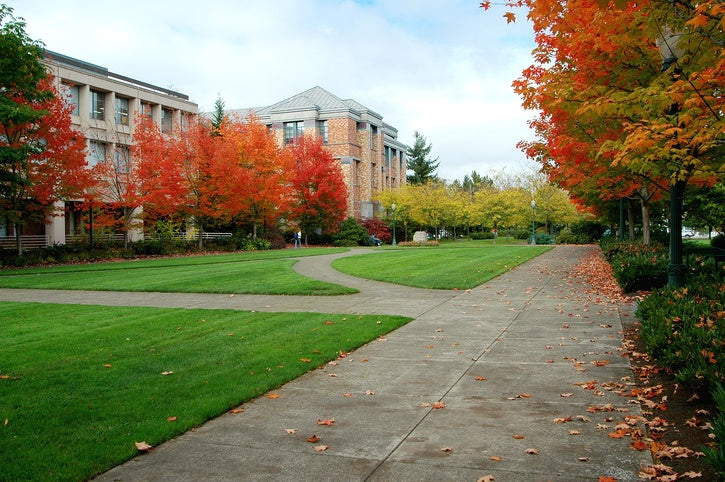
Facility managers are not only tasked with managing essential services such as parking, cleaning, and security; they must also be concerned about the organization’s bottom line. Wintertime creates additional challenges for these professionals as keeping snow and ice from pedestrian walkways is a huge priority. Cutting corners can create significant financial losses in the event injuries are caused by slippery conditions. Here are some things facility managers should consider when engaging in a cost-benefit analysis regarding slip and fall risks.
Liability for Injuries
Even in inclement weather, business continues, so you’re not likely to see a reduction in foot traffic in and out of your buildings and around the grounds. Liability for slip and fall injuries should be a significant concern for facility managers, as several recent large lawsuits indicate that plaintiffs stand to recover hefty sums if your facility is found to be at fault.
A Super Eight motel in Connecticut was forced to pay nearly two million dollars to compensate a man who was injured when he fell on an icy sidewalk outside the motel. CVS was on the hook for almost $500,000 for a similar incident. Large facilities with deep pockets are particularly vulnerable to these types of lawsuits, so preventing these injuries needs to be a priority for every facility manager.
Fines from the City
Ordinances that require commercial establishments to keep walkways clear of snow and ice tend to be more stringently applied to businesses than homeowners. One town in Illinois issued $500 tickets to several large organizations for failure to comply with snow-clearing rules and warned that the fine would increase with repeated violations. While fines levied by your community pale in comparison to the cost of expensive litigation, repeated violations of city ordinances will wreak havoc on your budget.
Workforce Injuries
According to the National Floor Safety Institute, slips and falls are the leading cause of workers’ compensation claims. They are also the leading cause of occupational injury for people aged 55 years and older. Employees who slip and fall in the parking lot or on facility grounds will likely be covered under your workers’ compensation policy.
While workers’ comp removes the need for costly litigation, time costs associated with the filing and management of such claims, as well as review of the IME (independent medical examination) can strain facility resources. In addition, one must factor in the cost of training and/or hiring a replacement employee to take the place of the person injured.
Damage to Goodwill
According to the American Society of Appraisers, goodwill is a part of the value of a business and is defined as " that at intangible asset which arises as a result of name, reputation, customer patronage, location, products and similar factors that have not been separately identified and/or valued but which generate economic benefits."
It stands to reason that any decline in the value of a business or organization’s goodwill will be measured in reduced profits and diminished respect in the community. Slip and fall accidents can damage the very tenuous relationship between a facility and its visitors and customers. If these individuals feel unsafe on your grounds, you can be sure it will affect your bottom line.
While facility managers must always be on the lookout for cost-saving options, skimping on commercial snow removal is not a wise choice, as this cost-benefit analysis indicates. Pedestrian safety needs to be a priority for your organization to remain successful.


